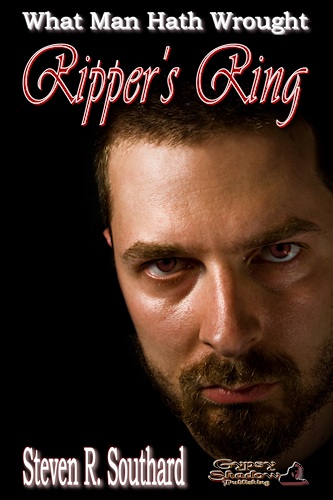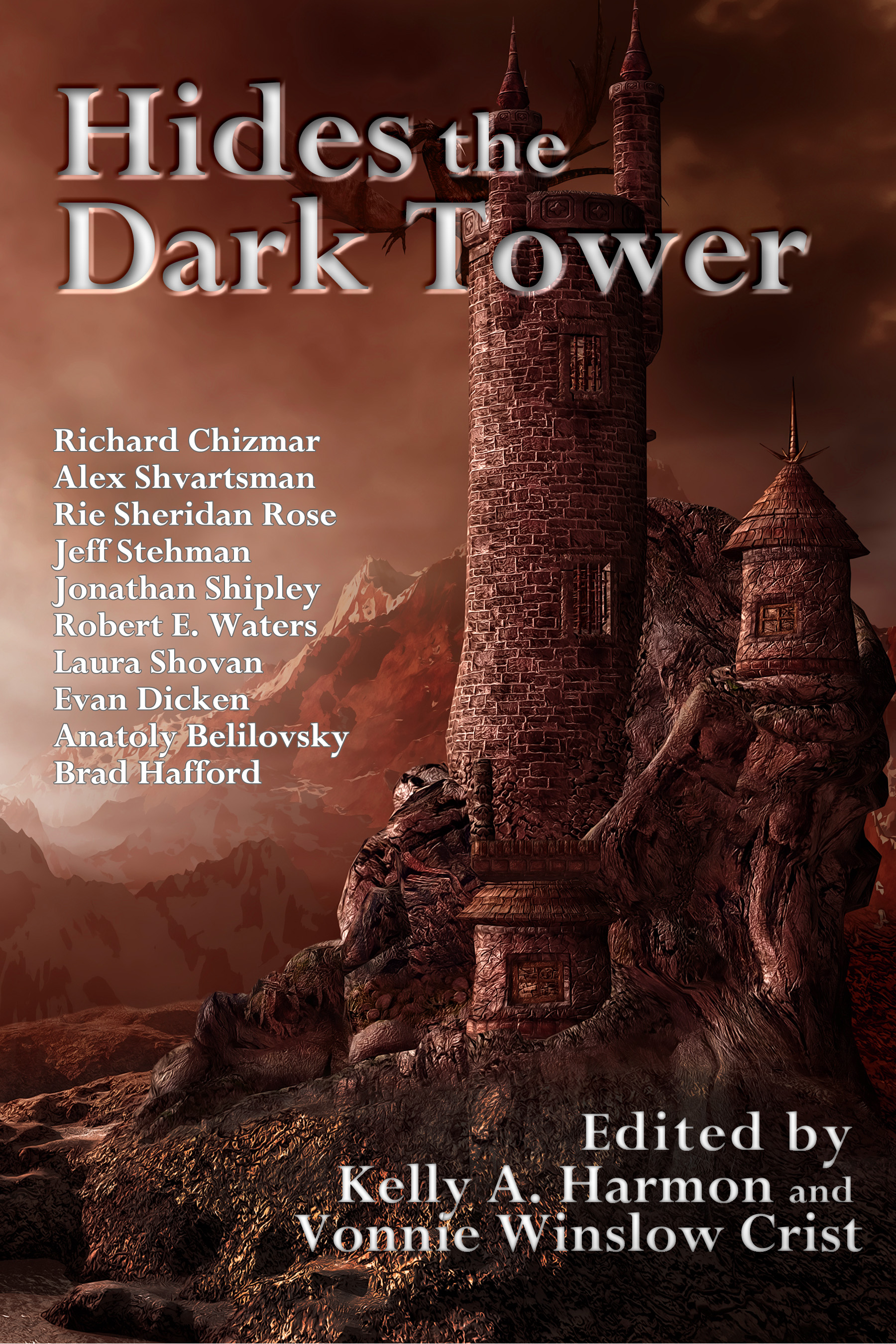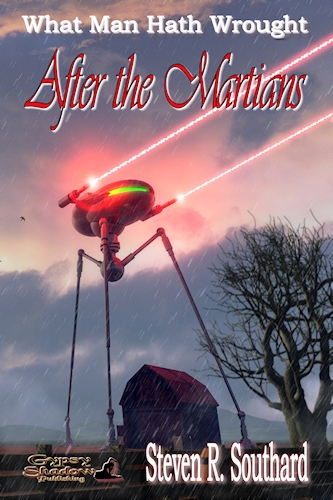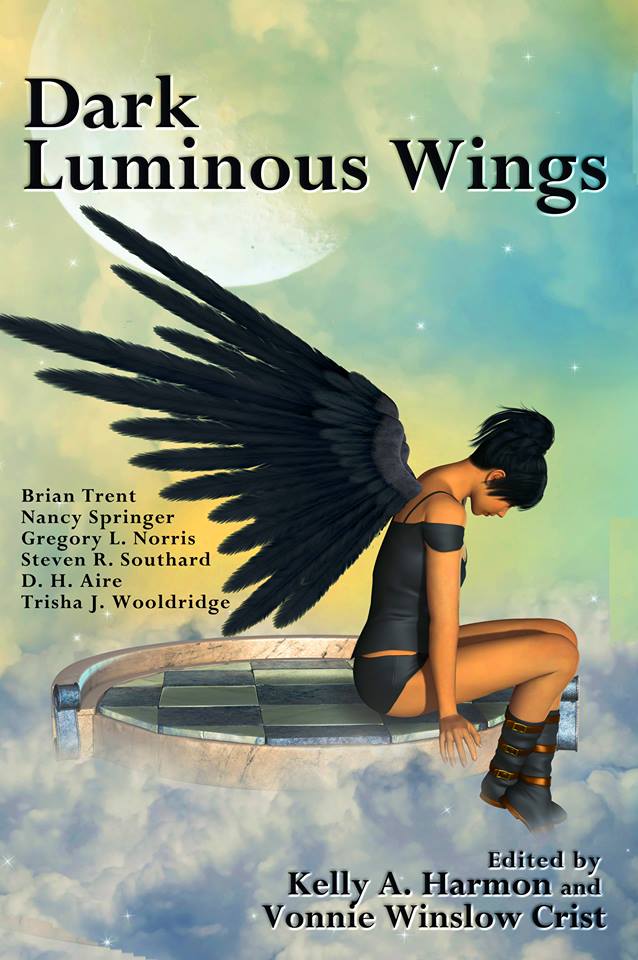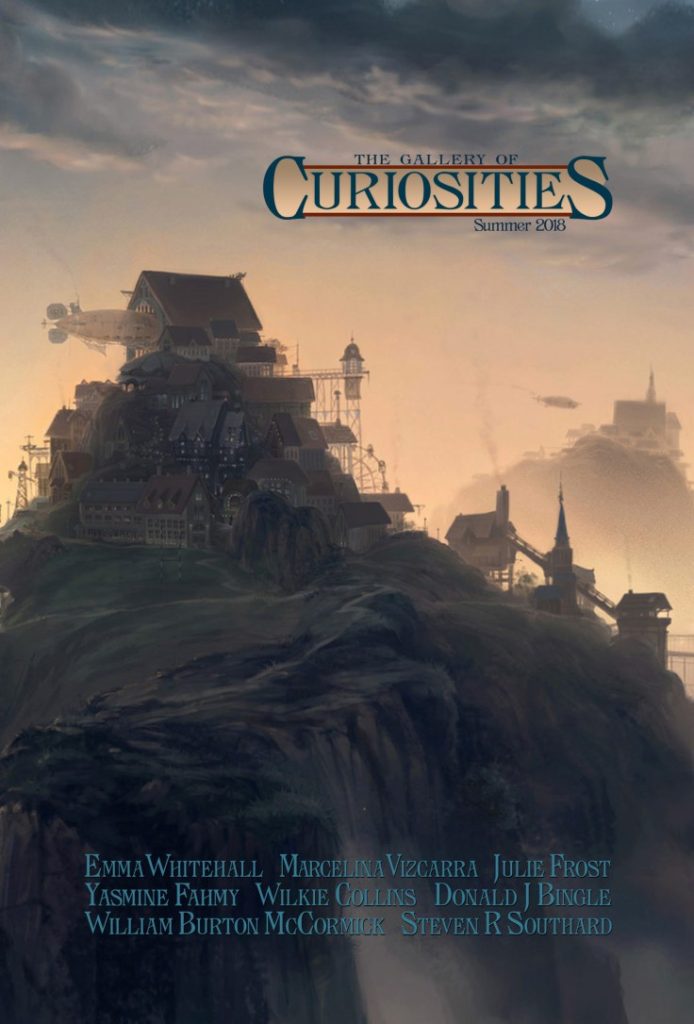When writing fiction, do you set your tales in historical times? If so, you must resolve the inevitable conflict between The Facts and The Story. In other words, you’ll have to twist some history.
Author Colin Falconer expresses the problem well in a post titled “How to Mix Historical Fact and Fiction.” He says real life is chaotic. It doesn’t obey the rules of fiction. It’s filled with aspects that interfere with a good story.
Here’s a table that contrasts historical fact and historical fiction:
| Historical Fact | Historical Fiction |
| Chaotic, messy | Planned, ordered |
| Mostly boring | Mostly interesting or exciting |
| Has real people, with infinite complexities | Has a protagonist, antagonist, and supporting characters |
| Events occur as they will, often by chance or coincidence | Events occur in a believable order, in a way that supports the plot |
| How people lived is as interesting to us as what people did | What characters do is more important than details of how they live |
| Historian’s aim is to get the facts right | Fiction writer’s aim is to entertain and engage the reader |
I should also mention an important distinction between historical fiction and alternate history. Colin Falconer writes historical fiction, where he takes a set of historical events and fictionalizes them. I write alternate history, set in another universe whose history matched ours until some Point of Divergence (PoD), after which things proceeded quite differently.
Even in alternate history, though, readers want to know the author took the trouble to study history and get some details right. If the story takes place in the past, readers expect the author to transport them there, and not jar them with anachronisms like the clock striking three in the second act of Shakespeare’s Julius Caesar. (I know, I know—Shakespeare might well have deliberately used a not-yet-invented clock as a dramatic and metaphorical device.)
Here’s how I twisted history in my most recently published alternate history tales:
In “Ripper’s Ring,” set in 1888, the PoD occurs the moment a troubled mortuary worker comes across the legendary Ring of Gyges, the invisibility ring mentioned by Plato. Other than that, I tried to remain true to the facts about Jack the Ripper. I did invent a fictional Scotland Yard detective, but the rest of history didn’t get much twisting.
Regarding my story, “Ancient Spin, (in the Hides the Dark Tower anthology) I hesitate to categorize it as alternate history, since it’s about the Biblical Tower of Babel. Still, I gave my characters Babylonian names and tried to depict the mood and scene after the collapse of a large ziggurat in that time period.
“After the Martians” takes place during our World War I, but the PoD happened sixteen years earlier, in 1901, when the Martians of H.G. Wells’ The War of the Worlds invaded. Since the combatants in my story use Martian technology, that changes the very nature of the war, so my story doesn’t bear much resemblance to the actual conflict. Even so, my photographer character uses an actual camera from that period, and the old woman treats the soldier’s injuries using techniques of that time.
My story “Instability” (in the Dark Luminous Wings anthology) derives from a legend about a medieval monk in a British monastery around 1000 A.D. I tried hard to get details right about life in a Benedictine monastery including daily schedules and the layout of the abbey. I used one of the actual abbots of Malmesbury Abbey as a character. Aside from the improbable legend itself, I didn’t do much twisting of history in this one.
“The Steam Elephant” (in The Gallery of Curiosities, Issue #3) takes place during the Anglo-Zulu War of 1879. The PoD is my assumption that the events and characters of Jules Verne’s novel The Steam House were true. Again, I strove to keep details of the Battle of Isandlwana accurate, including the names of British commanders and the Zulu king. However, since my story occurs twenty-two years after the setting of Verne’s novel, I stretched things by assuming his characters remained nearly unchanged despite the passage of years.
As you write your historical fiction, try to strike a good balance between getting facts right and telling an interesting story. If you have to twist some history to do that, well, you’re in good company along with—
Poseidon’s Scribe

